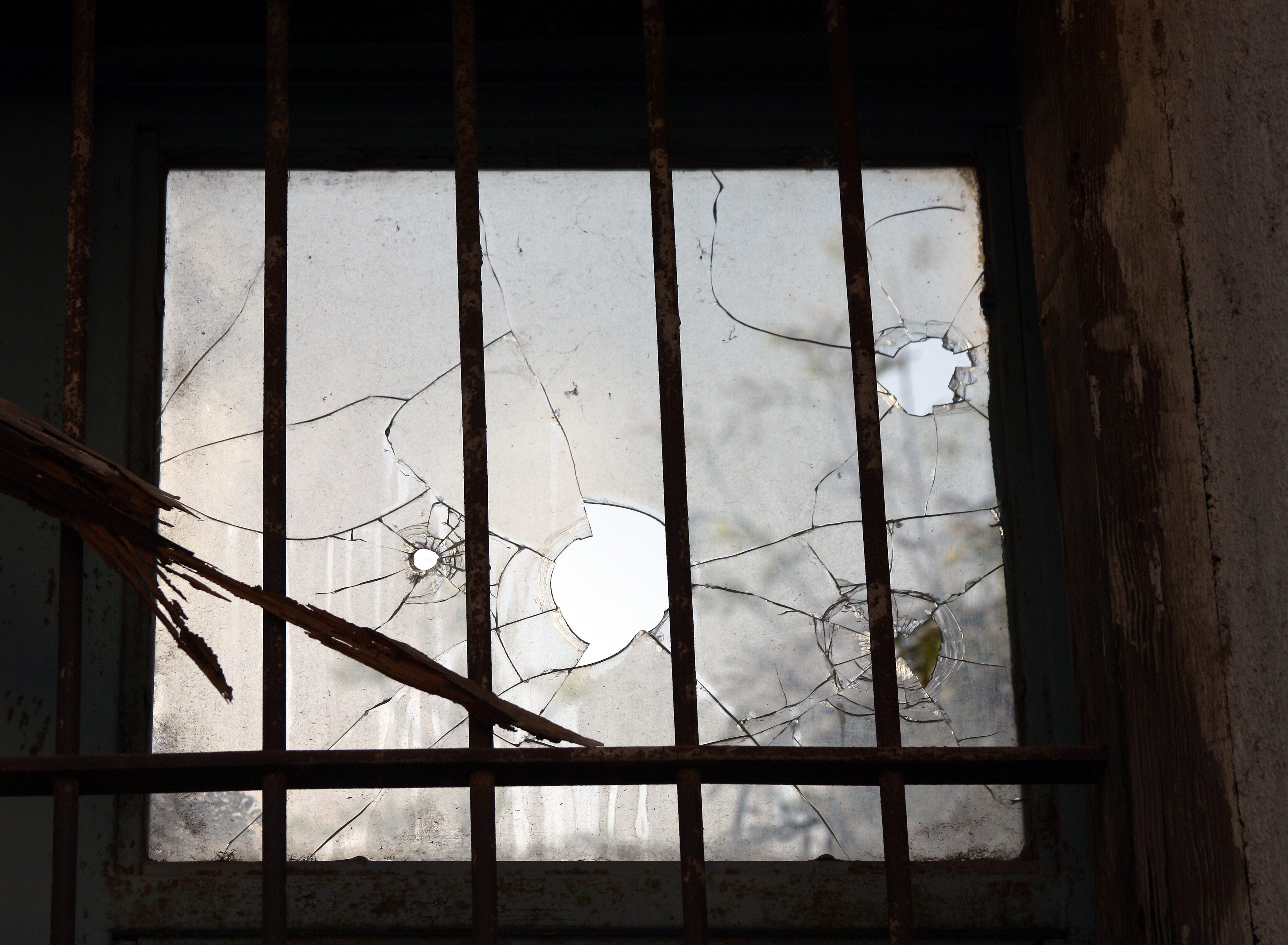
Parable of the broken window
The parable of the broken window was introduced by French economist Frédéric Bastiat in his 1850 essay "That Which Is Seen, and That Which Is Not Seen" ("Ce qu'on voit et ce qu'on ne voit pas") to illustrate why destruction, and the money spent to recover from destruction, is not actually a net benefit to society.
This article is about the economic parable. For the criminological theory, see Broken windows theory.The parable seeks to show how opportunity costs, as well as the law of unintended consequences, affect economic activity in ways that are unseen or ignored. The belief that destruction is good for the economy is consequently known as the broken window fallacy or glazier's fallacy.
Interpretations and evidence[edit]
Bastiat's argument[edit]
Suppose it were discovered that the little boy was actually hired by the glazier, and paid a franc for every window he broke. Suddenly the same act would be regarded as theft: the glazier was breaking windows to force people to hire his services. Yet the facts observed by the onlookers remain true: the glazier benefits from the business at the expense of the baker, the tailor, and so on.
Bastiat argues that society endorses activities that are morally equivalent to the glazier hiring a boy to break windows for him: